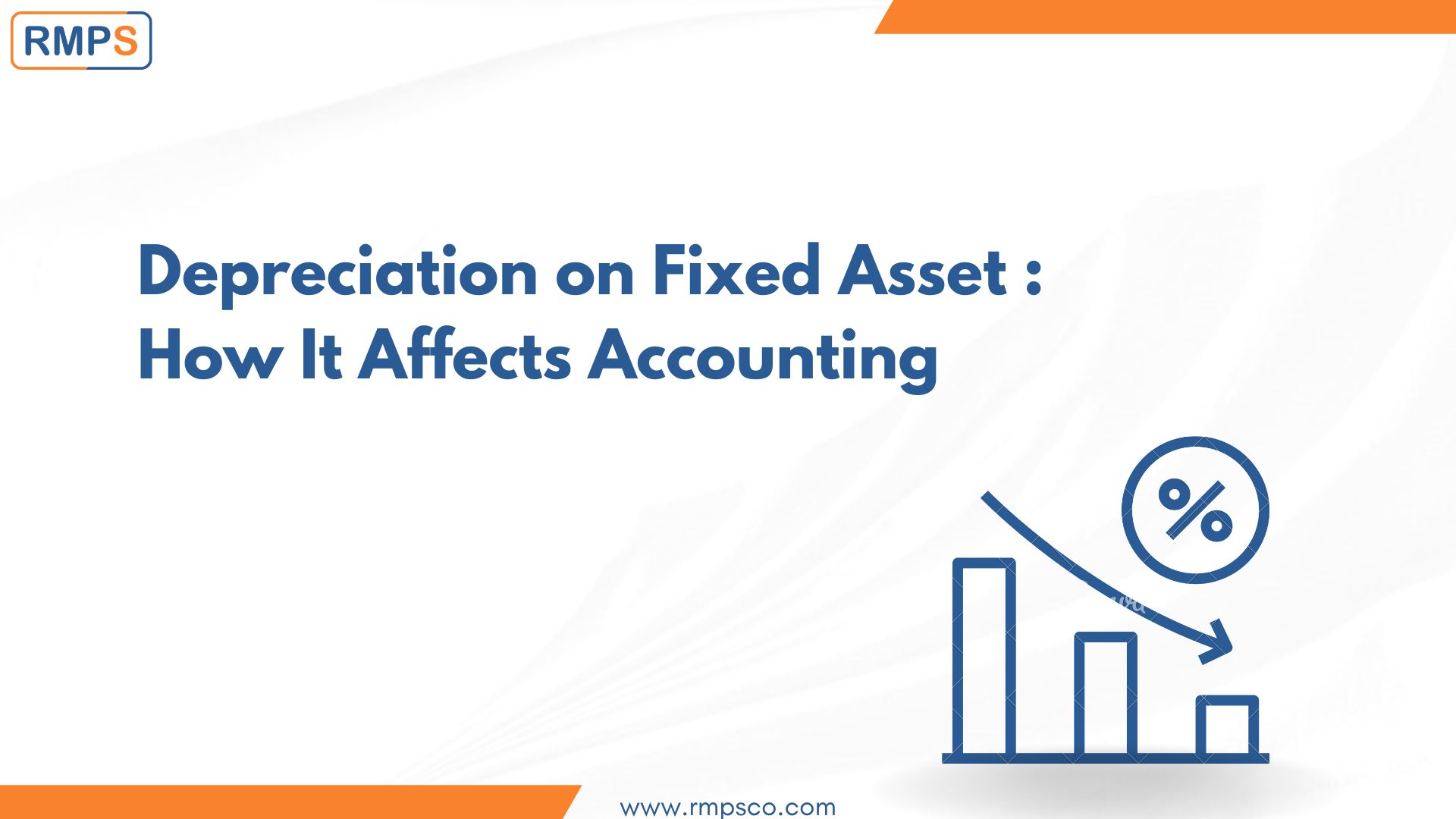
Introduction
Fixed Asset Depreciation is a vital accounting process that reflects the gradual decrease in the value of tangible assets over time. This depreciation is crucial for accurately representing a company’s financial health and profitability. In this blog, we will explore a list of fixed assets, categorize them into tangible and intangible assets, and provide a detailed example of depreciation calculation along with the corresponding journal entries.
Fixed Assets List with Depreciation Percentages
1. Tangible Assets
Tangible assets are physical items that have a finite value. Here are some common categories and their typical depreciation percentages:
- Machinery and Equipment:
- Depreciation Rate: 10% – 20%
- Example: Manufacturing equipment, construction machinery.
- Vehicles:
- Depreciation Rate: 15% – 25%
- Example: Trucks, cars, forklifts.
- Buildings:
- Depreciation Rate: 2% – 5%
- Example: Warehouses, office buildings.
- Furniture and Fixtures:
- Depreciation Rate: 10% – 20%
- Example: Desks, chairs, cabinets.
- Land Improvements:
- Depreciation Rate: 5% – 10%
- Example: Parking lots, landscaping.
2. Intangible Assets
Intangible assets do not have a physical presence but hold significant value for the business. Here are common categories and their amortization rates:
- Patents:
- Amortization Rate: 20% (over 5 years)
- Example: Legal rights to inventions.
- Trademarks:
- Amortization Rate: 10% (over 10 years)
- Example: Brand names, logos.
- Copyrights:
- Amortization Rate: 15% (over 7 years)
- Example: Rights to creative works like books and music.
- Goodwill:
- Amortization Rate: Indefinite (tested for impairment annually)
- Example: Value derived from reputation and customer relationships.
Example of Depreciation Calculation with Journal Entry
Scenario: A company purchases machinery for ₹15,000 with a useful life of 5 years and a salvage value of ₹3,000.
Annual Depreciation Calculation:
For this example, let’s use the Straight-Line Method. The annual depreciation will be:
- Cost of Machinery: ₹15,000
- Salvage Value: ₹3,000
- Useful Life: 5 years
The annual depreciation expense is calculated as follows:
Annual Depreciation=5(15,000−3,000)=₹2,400
Journal Entry for Depreciation
At the end of each accounting period (e.g., yearly), the company will record the depreciation expense as follows:
- Date: [End of Accounting Period]
- Debit: Depreciation Expense ₹2,400
- Credit: Accumulated Depreciation ₹2,400
Explanation of Journal Entry:
- Debit Depreciation Expense: This entry increases the expense on the income statement, which will reduce the net income for the period.
- Credit Accumulated Depreciation: This entry increases the contra asset account on the balance sheet, which reduces the net book value of the machinery.
After One Year
After one year, the accumulated depreciation will total ₹2,400, and the net book value of the machinery will be:
- Net Book Value:
Net Book Value=Cost−Accumulated Depreciation=15,000−2,400=₹12,600
This reflects the true value of the asset on the balance sheet, providing a more accurate picture of the company’s financial position.
Conclusion
Understanding fixed asset depreciation and its impact on accounting is vital for businesses to accurately reflect their financial health. By systematically tracking tangible and intangible assets and applying appropriate depreciation or amortization rates, companies can ensure their financial statements present a true picture of their operations.
LinkedIn Link : RMPS Profile
This article is only a knowledge-sharing initiative and is based on the Relevant Provisions as applicable and as per the information existing at the time of the preparation. In no event, RMPS & Co. or the Author or any other persons be liable for any direct and indirect result from this Article or any inadvertent omission of the provisions, update, etc if any.
Published on: September 20, 2024
